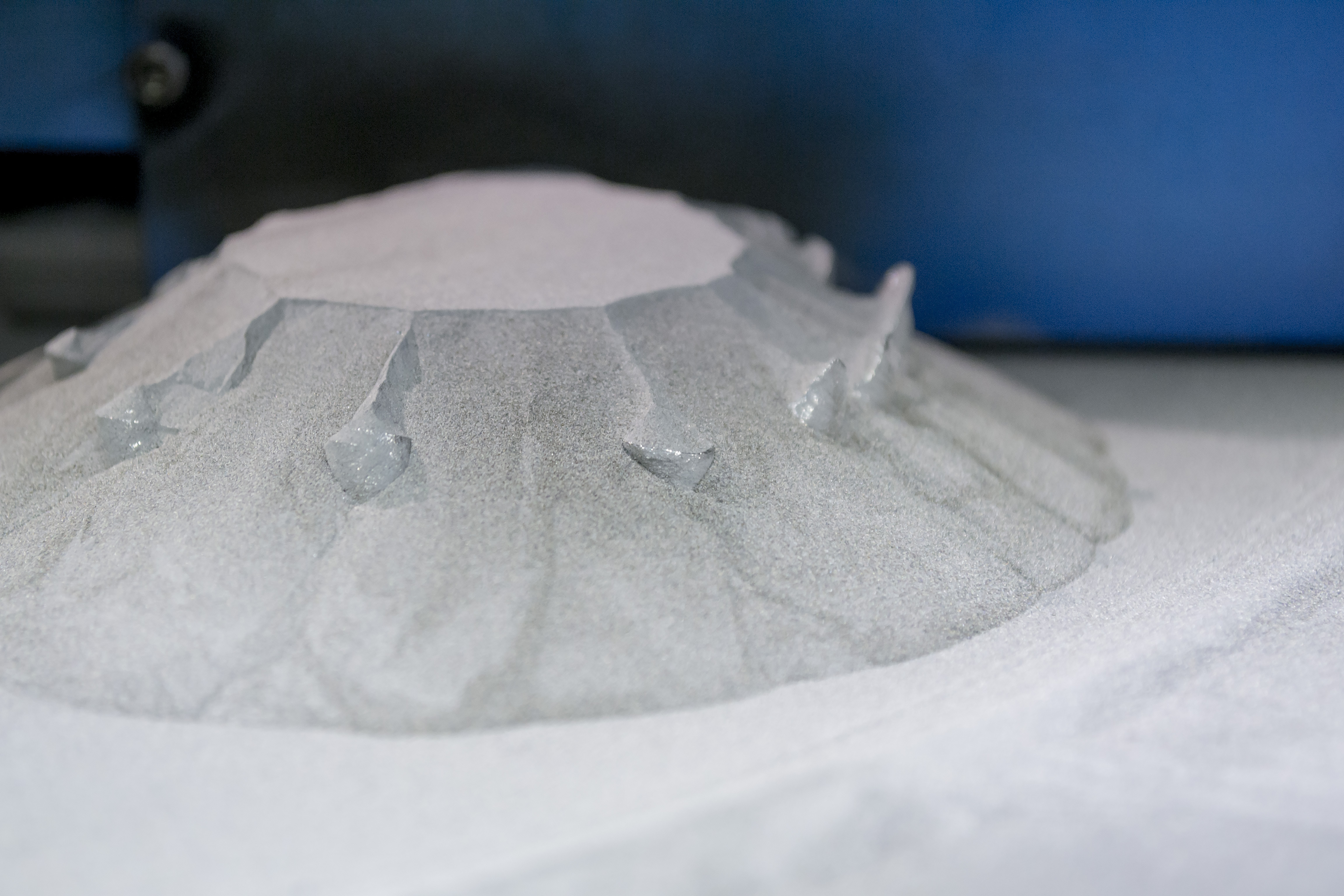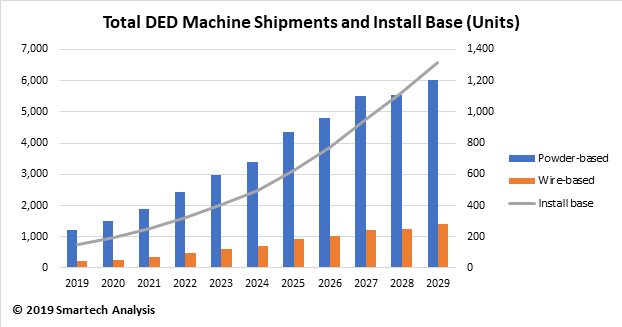Over the past quarter, SmarTech has been releasing a series of insightful data-backed market insight briefs on various sectors of the metal additive manufacturing market, focusing on specific types of metals which are driving (or expected to drive) metal AM over the next decade. The release of these shorter, material-specific briefs will culminate in the release of our full-fledged metal additive manufacturing research study which has helped guide the metal AM industry over the past five years.
Particularly interesting points can be observed in each of the major metals segments today which are unique to each segment. In past blogs, I’ve noted how steels have become the fastest growing metal for 3D printing and are the ‘workhorse’ of the industry today.
Nickel alloys, however, demonstrate the extension of a trend that is common across all metal segments today, and for this reason, stand out as perhaps the most mature set of metals printable today. Within nickel alloys, about 90 percent of what is printed today would be categorized as a nickel superalloy –generally a nickel base metal with high amounts of chromium, but also elevated levels of molybdenum, tungsten, cobalt, and some other trace elements. Though there is a wide swatch of other nickel-base alloys used in industry today using casting and other metal forming processes, today’s metal AM market is for the part contained to chromium superalloys. In this way, nickel metals are similar to other printable metals –similar to titanium being dominated by ‘6-4’ alloy grades, aluminum dominated by AlSi casting alloys, and cobalt being dominated by F75 cobalt chrome.
In this way, all metal segments are looking to expand their horizons into other commonly processed and applied alloys of varying materials beyond the few core established base metals of each segment. Nickel alloys are no different. However, what sets the nickel segment apart is the diversity that has been achieved within the superalloy segment, where nearly a dozen nickel superalloy materials are now widely commercially supported, especially in laser powder bed fusion technology. For years, two variations of the nickel superalloy commonly known as Inconel (a trade name) were the only printed nickel materials –IN625 and IN718.
Today, however, there are many more nickel-chromium superalloys offered by leading metals companies and supported by parameter sets developed in concert with machine manufacturers. A number of Haynes superalloys, Hastelloy superalloys, various forms of Inconel, and other materials are now becoming more established. This is helping take the core expertise in nickel printing for applications in power generation and turbomachinery both deeper into turbine based systems, and broader into new industries which are also familiar and comfortable working with nickel superalloys for other applications.
For this reason, SmarTech considers the nickel segment of the metal AM industry today the most mature in terms of material development, providing a good roadmap for stakeholders in other metals to follow to enhance adoption of metal AM. The continued dedication to research and development to overcome processing challenges for printing of traditional casting alloys popular in manufacturing for better stability and outcomes has helped make the nickel segment very advanced, even if it is still mostly confined to aircraft engines and turbomachinery applications today. Thanks to this work, soon nickel superalloys will be widely printed in oil and gas, energy, and general industry segments like chemical processing. This expansion has also helped keep the value of nickel powders in the AM market high during a period of heavy competition driving down prices, making the nickel segment even more attractive for powder suppliers with competency in nickel materials. This is why SmarTech market data shows that revenues from nickel alloys grew faster than steels, titanium, and cobalt materials during 2018, and outpaced the market average growth by a healthy margin.
In summary, nickel alloys are one of the most interesting segments in metal AM today because of their relative maturity in their established base combined with great opportunities for growth into other areas of nickel materials.
Blog by Scott Dunham,
Vice President of Research – SmarTech Analysis






